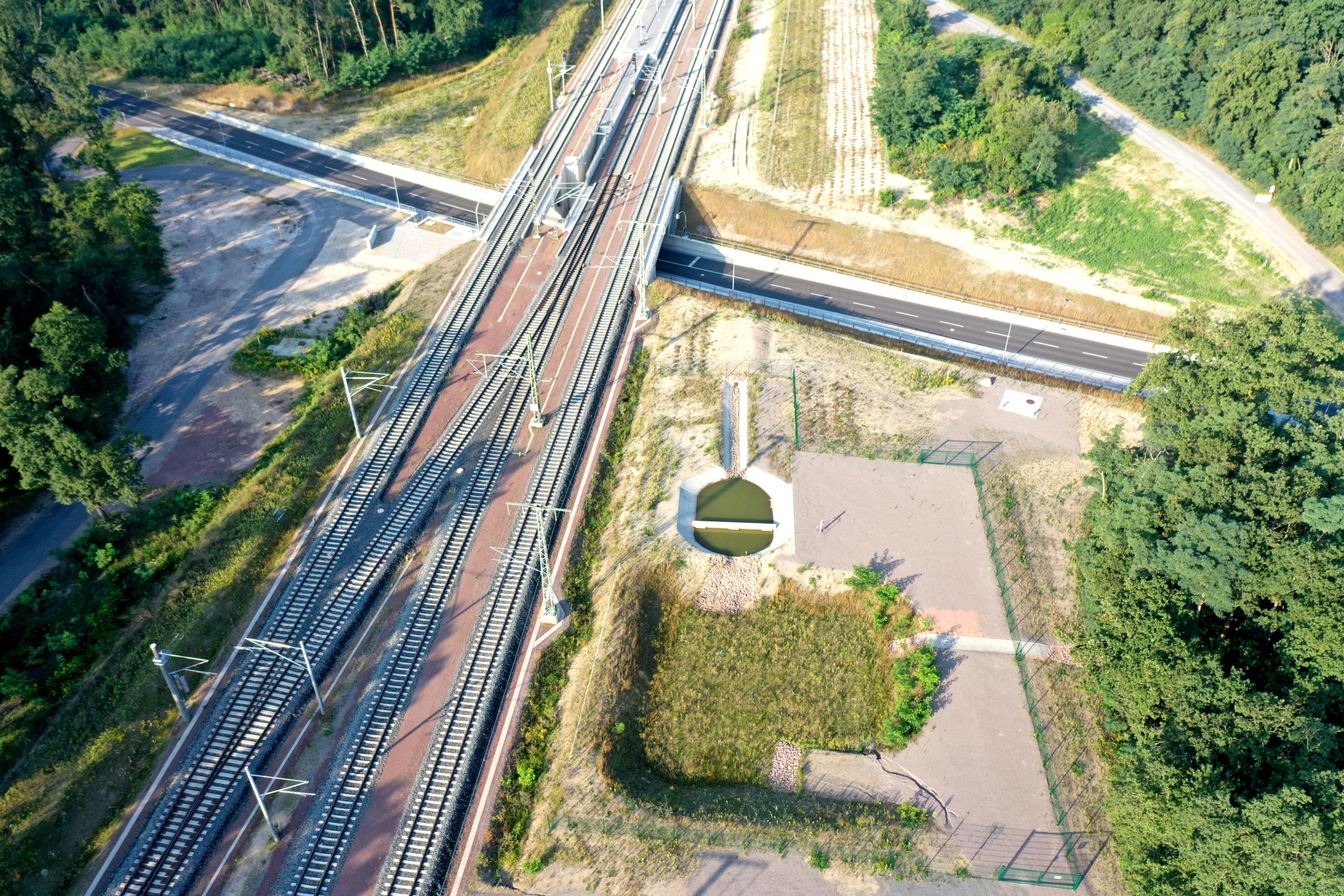
Ambitious goal: The transport transition as a driver for sustainable and connected mobility
Key Role of the Transportation Transition: Shift to Environmentally Friendly Mobility and the Significance of Rail Transport and Interconnected Modes of Transportation
The transportation transition is an ambitious goal aiming to fundamentally transform our transportation system. It involves transitioning transportation and mobility to sustainable energy sources, environmentally friendly mobility practices, and efficient integration of various forms of individual transportation with public transportation. We examine the key approaches and prerequisites for this transformation and consider the pivotal roles of rail transport and connectivity.
Shifting Traffic to Rail: Sustainable Mobility in Action
Shifting traffic to rail is a crucial step toward sustainable mobility. This entails an increased use of railways to alleviate road traffic. The expansion and flexibility of capacities on both the vehicle and infrastructure sides are central prerequisites for a sustainable shift of traffic to rail.
European standardization, such as the European Rail Traffic Management System (ERTMS) and the Future Railway Mobile Communication System (FRMCS), plays a significant role not only as a requirement for cross-border freight transport but also in strengthening rail transport to reduce environmental impact and enhance efficiency.

Efficient Integration of Individual Transportation: More Options, Less Congestion
Seamless integration of individual transportation with public transit is another cornerstone of the transportation transition. Mobility platforms are designed to integrate various modes of transportation across providers and regions, providing customers with seamless door-to-door travel assistance, including planning, booking, and billing. They enable easy use of intermodal travel chains, utilizing the most suitable and efficient mode of transportation in each segment. This approach also considers new service models (sharing, on-demand, etc.) and evolves towards a new “IPT” (individual public transportation) that contributes significantly to cost-effective, widespread provision of mobility services, especially in rural areas. Platforms are thus a fundamental requirement for efficiently connecting individual transportation with public transit.
Modernization and Expansion of Transportation Infrastructure: Key to Success
Modernizing and expanding transportation infrastructure are essential to increase the capacity, punctuality, and flexibility of the transportation system. Examples such as the “Stuttgart 21” rail project, the construction of the “Fehmarn Belt Tunnel” between Germany and Denmark, and the “New Network for Germany – Rail Expansion” to renew over 1,800 kilometers of track with 2,000 switches, 140 bridges, and 800 stations illustrate society’s efforts to make the infrastructure future-ready.
The transportation transition is an ambitious goal that will significantly impact not only mobility but also our environment. With the right infrastructure, technology, and collaboration, we can successfully shape this transformation. quattron is proud to make a significant contribution to this process and help shape the future of mobility.
quattron: A Contribution to the Transportation Transition
In numerous innovation and infrastructure projects with European railway infrastructure and transportation companies, as well as public transport operators, quattron plays a central role in implementing the transportation transition. The company supports financing, development, approval, and commissioning of new technologies, as well as project management during roll-outs. With its commitment, quattron actively contributes to making future mobility more sustainable and efficient, particularly by promoting rail transport and implementing the principles of the transportation transition.
Our claim
Get in touch!
Follow Us